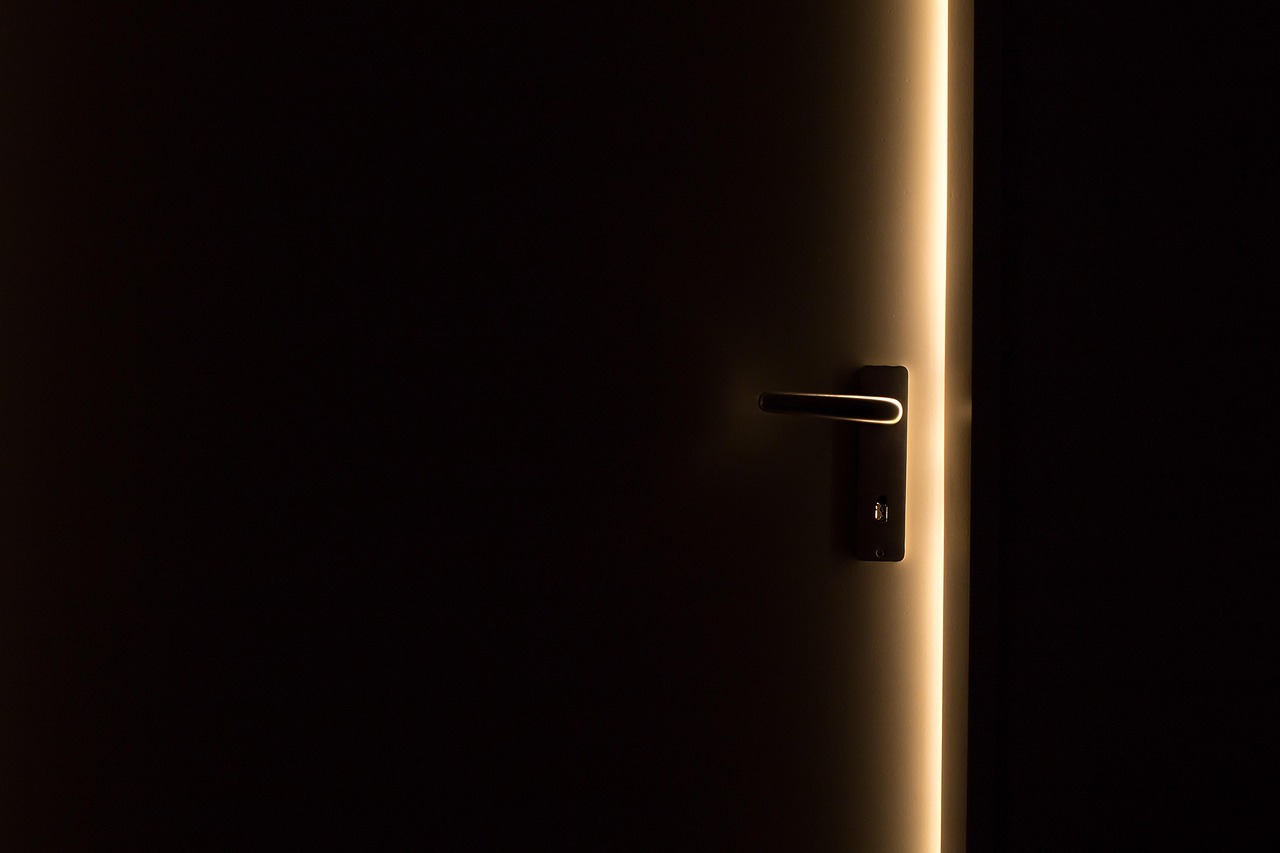Whether you’re upgrading your home, improving privacy, or fixing a broken latch, learning how to install a door latch on bedroom and bathroom doors is a useful DIY skill. With a few tools, a little patience, and this step-by-step guide, you’ll be able to complete the task like a professional.
Let’s walk through the entire process from choosing the right latch to testing the final installation.
Why Install a Door Latch?
Door latches are essential for:
- Privacy: Especially in bedrooms and bathrooms.
- Security: Prevents unwanted entry.
- Convenience: Helps keep the door closed without locking.
Over time, door latches can become loose, corroded, or misaligned. Installing a new one enhances functionality and adds to the aesthetics of the door.
Tools and Materials You Will Need
Before beginning, gather the following tools and materials:
- Door latch set (includes latch, faceplate, and strike plate)
- Screwdriver or drill
- Screws (usually included in latch pack)
- Chisel and hammer
- Pencil
- Measuring tape or ruler
- Utility knife (optional)
- Wood filler (optional, for old holes)
Optional:
- Hole saw (if installing on a new door without any cuts)
- Door latch installation kit (for precision)
Step 1: Choose the Right Latch Set
There are different types of latches:
- Passage latches for bedrooms (no lock)
- Privacy latches for bathrooms (includes a locking mechanism)
- Mortise latches (for older or high-end doors)
Choose a style and finish that matches your door’s hardware.
Step 2: Measure and Mark the Door
If you’re installing a latch on a new door:
Measure 36 inches (91 cm) from the bottom of the door. This is the standard latch height.
Use a pencil to mark the height on the door edge and the door face.
Place the latch template (if provided) on your marks.
If replacing an existing latch, skip this step and proceed with removing the old hardware.
Step 3: Drill the Latch Hole and Face Hole (New Doors Only)
Use a hole saw or spade bit to drill a hole through the door face for the knob or lever.
Drill a smaller hole into the door edge for the latch bolt.
Be sure both holes intersect cleanly and align properly.
This step is not needed if your door is pre-drilled or if you’re just replacing a latch in the same spot.
Step 4: Fit and Install the Latch
Insert the latch into the hole on the door edge.
Trace around the latch faceplate with a pencil.
Use a chisel to carefully carve out a shallow recess so the latch faceplate sits flush with the door edge.
Screw the latch into place using the screws provided.
Make sure the sloped side of the latch bolt faces the direction the door closes.
Step 5: Install the Knob or Handle
Insert the interior and exterior knobs or levers through the hole in the door.
Align them with the latch mechanism.
Secure them with screws through the faceplate or mounting plate.
Test the handle to ensure smooth operation.
If your set includes a privacy lock for bathrooms, make sure the locking mechanism is functioning correctly.
Step 6: Mark and Cut the Strike Plate Area
Close the door and observe where the latch bolt hits the door frame.
Mark this point on the frame and align the strike plate accordingly.
Use a chisel and utility knife to carve a shallow recess for the strike plate.
Drill small pilot holes for the screws.
Secure the strike plate with screws.
Check that the latch bolt enters the strike plate hole smoothly. If it sticks, adjust the plate or deepen the latch hole.
Step 7: Test the Installation
- Open and close the door several times.
- Ensure the latch fits smoothly into the strike plate.
- Test any locking features for bathroom latches.
- Tighten any loose screws.
Tips for a Successful Installation
- Use sharp tools to avoid damaging wood around the latch.
- Pre-drill screw holes to prevent wood splitting.
- If replacing an old latch, check for wear or alignment issues in the door frame.
- For doors with previous holes, use wood filler to fix gaps before installing the new latch.
Common Mistakes to Avoid
- Wrong latch orientation: Always ensure the sloped side of the bolt faces the direction of door closure.
- Over-chiseling the recess: This can weaken the door edge and create gaps.
- Misaligned strike plate: Leads to latch not catching properly.
- Not checking measurements: Standard backsets are usually 2-3/8″ or 2-3/4″. Make sure you match your door’s measurement.
When to Call a Professional
While installing a door latch is relatively simple, you may need expert help if:
- The door is misaligned and not closing properly.
- You’re working on antique or custom doors.
- You’re installing electronic or smart locks requiring wiring.
In these cases, hiring a joiner, locksmith, or handyman could save time and prevent costly errors.
Final Thoughts
Installing a door latch on a bedroom or bathroom door is a manageable task that can be completed in under an hour. Whether you’re doing it for privacy, security, or aesthetics, a properly installed latch ensures that your door works smoothly and reliably.
By following this guide step-by-step, even a novice DIYer can handle the project with confidence. With the right tools, a little attention to detail, and a steady hand, you’ll have your latch installed and working like a charm.

